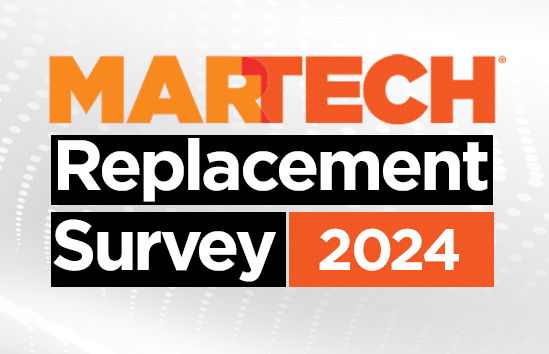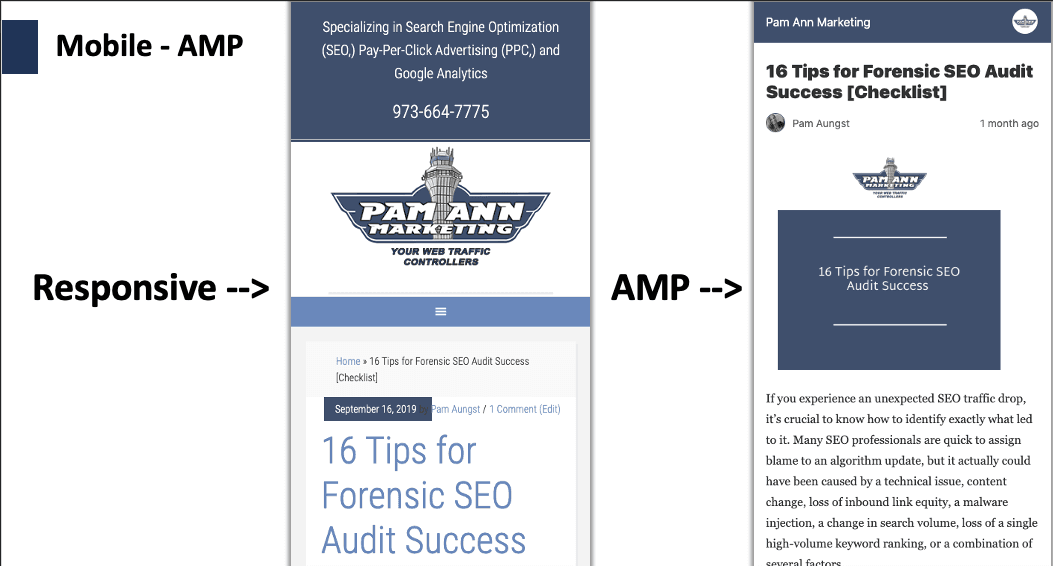How to leverage the 80/20 rule for martech efficiency and ROI

CMOs and their marketing organizations face a Sisyphean task in managing their ever-expanding martech stack. As these ecosystems grow bloated and more complex, challenges related to integration, utilization and ROI compound, becoming significant blockers to productivity.
In the first part of this two-part guide, we’ll explore these challenges and introduce a powerful solution for your consideration: the Pareto principle, also known as the 80/20 rule. Understanding this principle and how it applies to martech management will better equip you to identify the tools and strategies driving your marketing success.
The insights below will help you evaluate the current martech stack and identify the 20% of tools that generate 80% of your results, setting the stage for optimizing your martech operations.
Navigating the challenges of the martech maze
As a CMO wrestling with your martech stack, you’re likely encountering several key issues:
Data integration and insight generation: Many marketing organizations struggle to create a cohesive ecosystem where martech tools effectively share data. This lack of integration hampers the development of a unified customer view, making it challenging to gather and extract actionable insights.
Underutilization of existing tools: Marketers use only 33% of their martech stack’s capabilities, down from 58% in 2020, according to Gartner’s 2023 Marketing Technology Survey. This underutilization often arises from inadequate training and poor purchasing decisions.
ROI and cost concerns: Justifying the significant investment in martech is challenging, especially when existing tools are underutilized. Poor adoption and lack of use lead to poor ROI, causing further investment or adoption hesitation.
Adapting to emerging technologies: Keeping pace with rapidly evolving technologies like AI and predictive analytics is an ongoing challenge. CMOs need to balance staying current with innovations while maintaining efficiency with existing systems.
Skills gap in marketing teams: Many CMOs express difficulty finding and training staff who can effectively implement and manage complex martech solutions. This creates a noticeable skills gap within marketing organizations.
Addressing these challenges requires a strategic approach, improving integration, enhancing team capabilities, managing costs and staying current with technological advancements. This is where the Pareto principle can become a powerful strategic tool for you and your team.
Dig deeper: Unlock marketing efficiency: The essential guide to martech stack optimization
Understanding the Pareto principle
Vilfredo Pareto, born in Paris in 1848, was an Italian engineer, economist and sociologist. Pareto began his career as a civil engineer before moving into economics and sociology.
His observations of wealth distribution in Italy led to the 80/20 rule, stating that 80% of effects come from 20% of causes. This principle, known as the Pareto distribution, has been widely recognized and applied beyond economics to various fields, including business management, quality control and software engineering.

It can be a game changer when it comes to marketing technology stacks. You can optimize your marketing technology stacks and resource allocation by focusing on the 20% of tools, strategies or efforts that generate 80% of the results. This targeted approach enhances efficiency, reduces costs and improves overall outcomes, demonstrating the principle’s transformative potential in strategic decision-making.
Applying the Pareto principle to martech management
To apply the 80/20 rule to your martech stack, start with a comprehensive audit of your existing martech tools and their impact:
Inventory assessment: Catalog all tools and platforms currently in use.
Usage analysis: Determine how frequently and by whom each tool is used. Pull user logs for each tool. If it’s not used weekly, flag it.
Performance metrics: Evaluate each tool’s effectiveness based on key performance indicators (KPIs) such as lead generation, conversion rates and customer engagement. (Your mileage may vary, so make sure you use KPIs that are right for your business.)
Cost-benefit analysis: Assess each tool’s cost relative to its contribution to overall marketing goals. Calculate each tool’s ROI: (Revenue Generated – Total Cost) / Total Cost. Then, rank them.
User feedback: Survey your team. Ask questions like: “If you could only keep 5 tools, which would they be?”
Integration assessment: Map how your tools connect. Isolated tools are red flags.
After the audit, pinpoint the 20% of tools driving 80% of the value. Look for tools that:
Drive multiple KPIs: For example, a CRM that improves lead quality, shortens sales cycles and boosts customer retention.
Have high user adoption: Tools consistently used by >80% of their intended users.
Provide unique, critical data: This tool might offer exclusive audience insights you can’t get elsewhere.
Scale effortlessly: Tools that maintain or improve ROI as your company grows.
Align closely with strategic objectives: Ensure the tools support broader business goals.
Integrate seamlessly: Tools that work well with your stack’s other high-value tools/platforms.
By identifying and focusing on these high-impact tools, you’ll be well-positioned to optimize your martech stack using the 80/20 rule. In Part 2, we’ll explore specific strategies for implementing this approach and maximizing the efficiency of your marketing technology investments.
Dig deeper: Aligning martech with your business strategy: Your blueprint for success
Email:
Business email address
Sign me up!
Processing…
See terms.
The post How to leverage the 80/20 rule for martech efficiency and ROI appeared first on MarTech.



